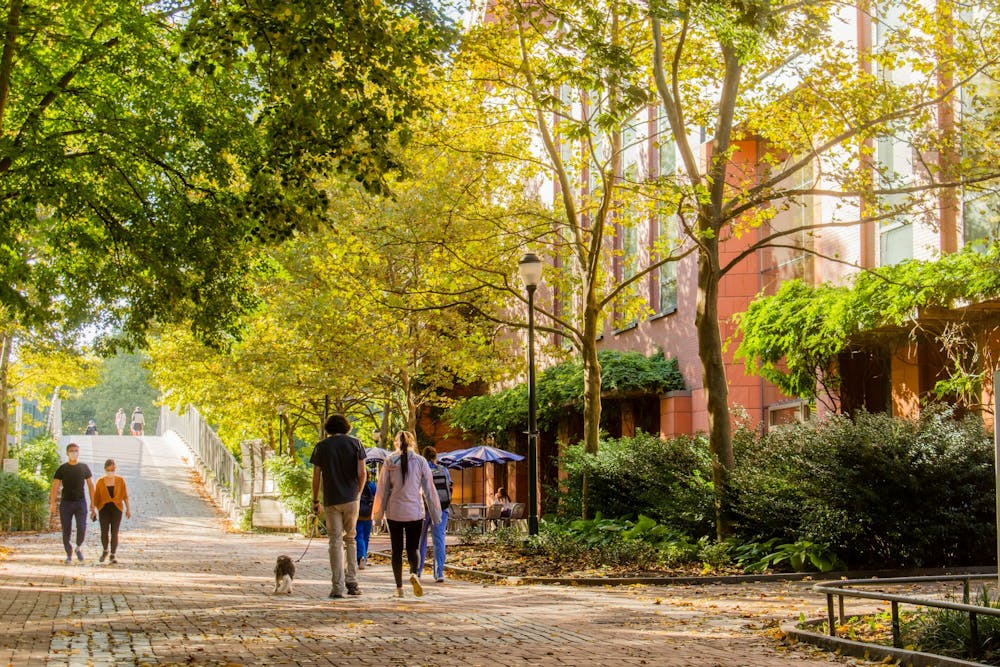
The Wharton Budget Model found that increasing the number of vaccinations to three million per day would add more than two million jobs.
Credit: Max MesterDoubling the number of COVID-19 vaccine doses administered each day would boost employment and the country's real gross domestic product, according to a new report by the Penn Wharton Budget Model.
The report, titled “Epidemiological and Economic Effects of the COVID-19 Vaccine in 2021,” was a joint effort by senior analysts Alex Arnon and John Ricco. Increasing the number of vaccinations to three million per day would add more than two million jobs and increase peak GDP by approximately one percent during summer 2021, PWBM found.
To project the effects of different rates of vaccination, Arnon and Ricco built a model that connects economic and public-health modeling. Economic recovery from the pandemic will depend largely on the pace of vaccination over the course of the year, they found.
Eighty percent of the population will be immune to COVID-19 by the end of the year, according to the report. This falls within the range of estimates for the threshold to reach herd immunity.
To measure the social and economic response to the pandemic, the model focuses on three measures of behavior: physical proximity reflecting the intensity of social distancing, county-level employment, and GDP. These measures were derived from data ranging from mobile device location data, business and financial services software, web search activity, and debit card transactions.
The report also considered various factors to project the course of the pandemic through the end of the year. These factors include the gradual relaxation of social distancing behaviors, the seasonality of viral transmission, the development of the B.1.1.7 variant of the virus, and the influence of herd immunity as more people are vaccinated or gain natural resistance.
The study also found that cases are likely to rise again later this year, but a doubling of the vaccination rate would help reduce a late summer peak, preventing a total of about two million cases. Ricco added that a winter wave is likely because the vaccine has not been approved for children under 16.
“Our model assumes that over time, people will slowly return to their pre-pandemic behavior,” Ricco said.
The Daily Pennsylvanian is an independent, student-run newspaper. Please consider making a donation to support the coverage that shapes the University. Your generosity ensures a future of strong journalism at Penn.
Donate



